Cats are fascinating creatures, each with a personality as unique as a fingerprint. Some cats love to curl up in your lap, purring contentedly, while others prefer to keep their distance. This intriguing behavior difference captivates many cat owners and enthusiasts. Understanding this can help us appreciate our feline friends even more and may even strengthen the bond we share with them.
Genetics: The Blueprint of Behavior
Genetics play a significant role in determining whether a cat will become a lap cat or not. Like humans, cats inherit traits from their parents, which include not only physical characteristics but behavioral tendencies as well. Some breeds, such as Ragdolls and Maine Coons, are more predisposed to being affectionate lap cats due to their genetic makeup. On the other hand, breeds like the Siamese may be more independent, reflecting their genetic predispositions. Understanding your cat’s breed characteristics can offer insights into their behavior and help you set realistic expectations for their cuddly nature.
Kittenhood Socialization: Early Lessons in Affection
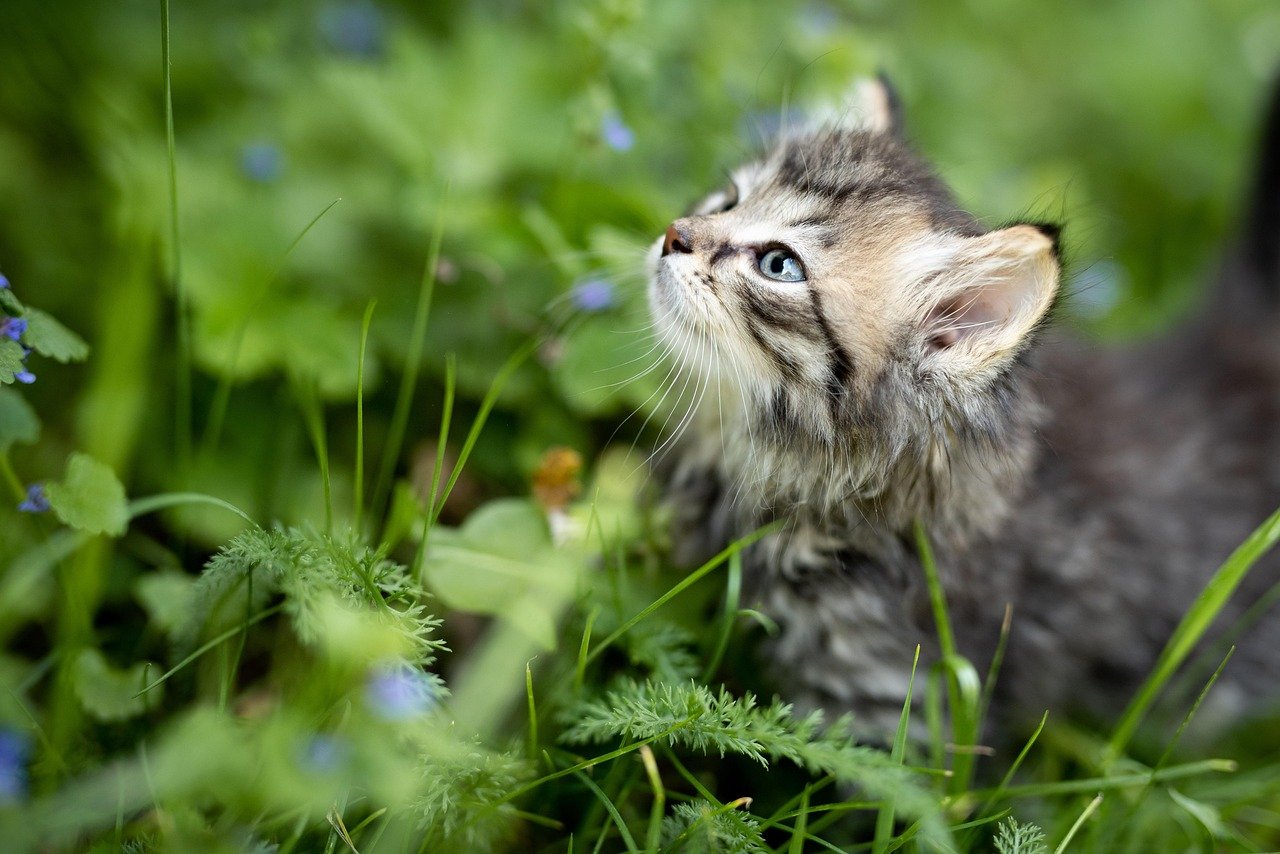
The experiences a kitten has during the crucial socialization period can greatly impact their behavior as an adult. During the first few weeks of life, kittens learn from their mother and littermates. If a kitten is handled gently and frequently by humans during this time, they are more likely to become comfortable with human interaction and develop into a lap cat. Conversely, kittens that lack human contact during this period may grow up to be more reserved. This early interaction sets the stage for how cats perceive human companionship, illustrating the importance of nurturing and positive experiences during kittenhood.
Environment: The Influence of Surroundings
A cat’s environment can also shape its behavior and determine its lap cat potential. Cats living in a calm, stable, and loving home environment are more likely to be relaxed and open to affection. Stressful environments, with loud noises or constant disturbances, may lead a cat to become more skittish and less inclined to seek out human contact. Providing a safe, tranquil space for your cat can encourage them to feel secure and potentially transform them into a lap-loving companion. The environment acts as a canvas, and the colors are painted through love and reassurance.
Individual Personality: The Unique Cat Within

Just like people, each cat has its own personality. Some cats are naturally more outgoing and affectionate, while others are introverted and enjoy solitude. These intrinsic personality traits are ingrained and can be observed from a young age. A cat’s individual personality will often dictate whether it seeks out lap time or prefers to observe from a distance. Respecting your cat’s individuality is crucial; after all, love comes in many forms, and a cat’s affection may not always manifest as a desire to sit on your lap.
Past Experiences: Shaping Future Interactions
A cat’s past experiences can significantly influence its behavior towards humans. Cats that have had positive interactions with humans in the past are more likely to be lap cats. Conversely, cats that have experienced neglect or trauma may be wary of close contact. Past experiences can either build or erode trust, and understanding your cat’s history can help you approach them with empathy and patience. Healing from negative past experiences takes time, but with love and consistency, even the most aloof cats can learn to trust again.
Health and Comfort: Physical Well-being Matters
A cat’s health and comfort can also influence its desire to be a lap cat. Cats suffering from pain or discomfort due to health issues may avoid being touched or picked up. Ensuring regular veterinary check-ups and addressing any health concerns is vital for your cat’s overall well-being. When a cat feels physically comfortable, it is more likely to seek out affection, including lap time. Just like humans, a cat’s behavior is often a reflection of how it feels physically, so keeping your feline friend healthy is key to nurturing their affectionate side.
Temperature Preferences: Seeking Warmth
Cats are creatures of comfort, and warmth is a big part of that comfort. Many cats become lap cats simply because they enjoy the warmth of a human lap. Cats have a higher body temperature than humans, and they often seek warm places to rest. Your lap provides the perfect cozy spot on a chilly day. This instinctual behavior dates back to their wild ancestors, who would snuggle together to conserve body heat, showing that sometimes, the simplest explanations are the most accurate.
Trust and Bonding: Building a Relationship
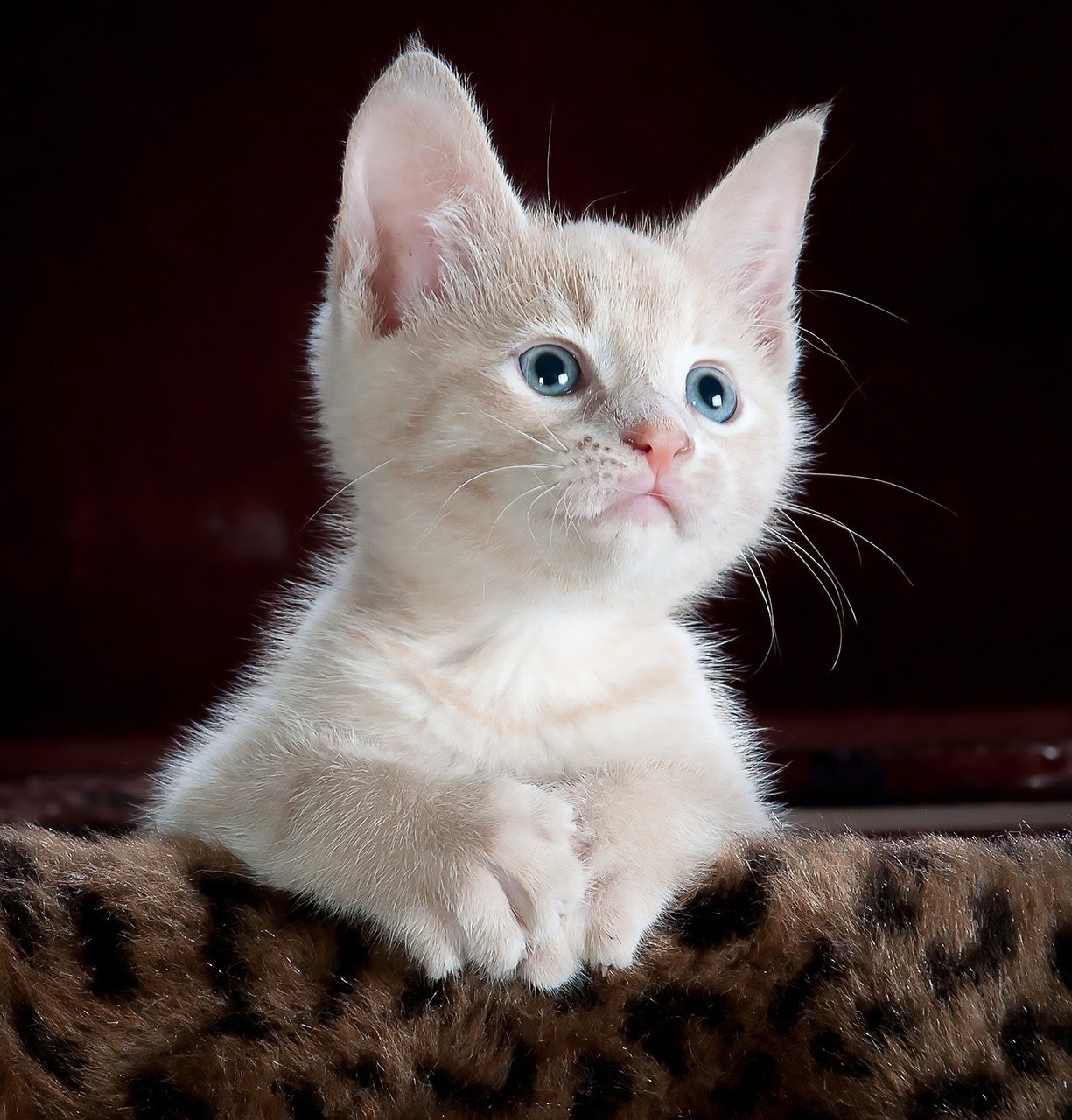
Trust is the foundation of any strong relationship, and the same goes for the bond between a cat and its owner. A cat that trusts its human is more likely to become a lap cat. Building trust takes time and patience, but the rewards are worth the effort. Simple actions like consistent feeding times, gentle petting, and respecting your cat’s space can go a long way in building trust. Over time, your cat will associate your presence with safety and comfort, and may eventually choose your lap as their favorite resting place.
Age and Maturity: Changes Over Time

As cats age, their behavior can change. Younger cats or kittens may be more energetic and less inclined to sit still for long periods, making them less likely to be lap cats. However, as they mature, they often become more relaxed and may seek out the comfort of a human lap. Aging cats may also appreciate the warmth and security of a lap more than their younger counterparts. Understanding that a cat’s preferences can evolve with age helps set realistic expectations and encourages patience.
Human Interaction Style: A Two-Way Street
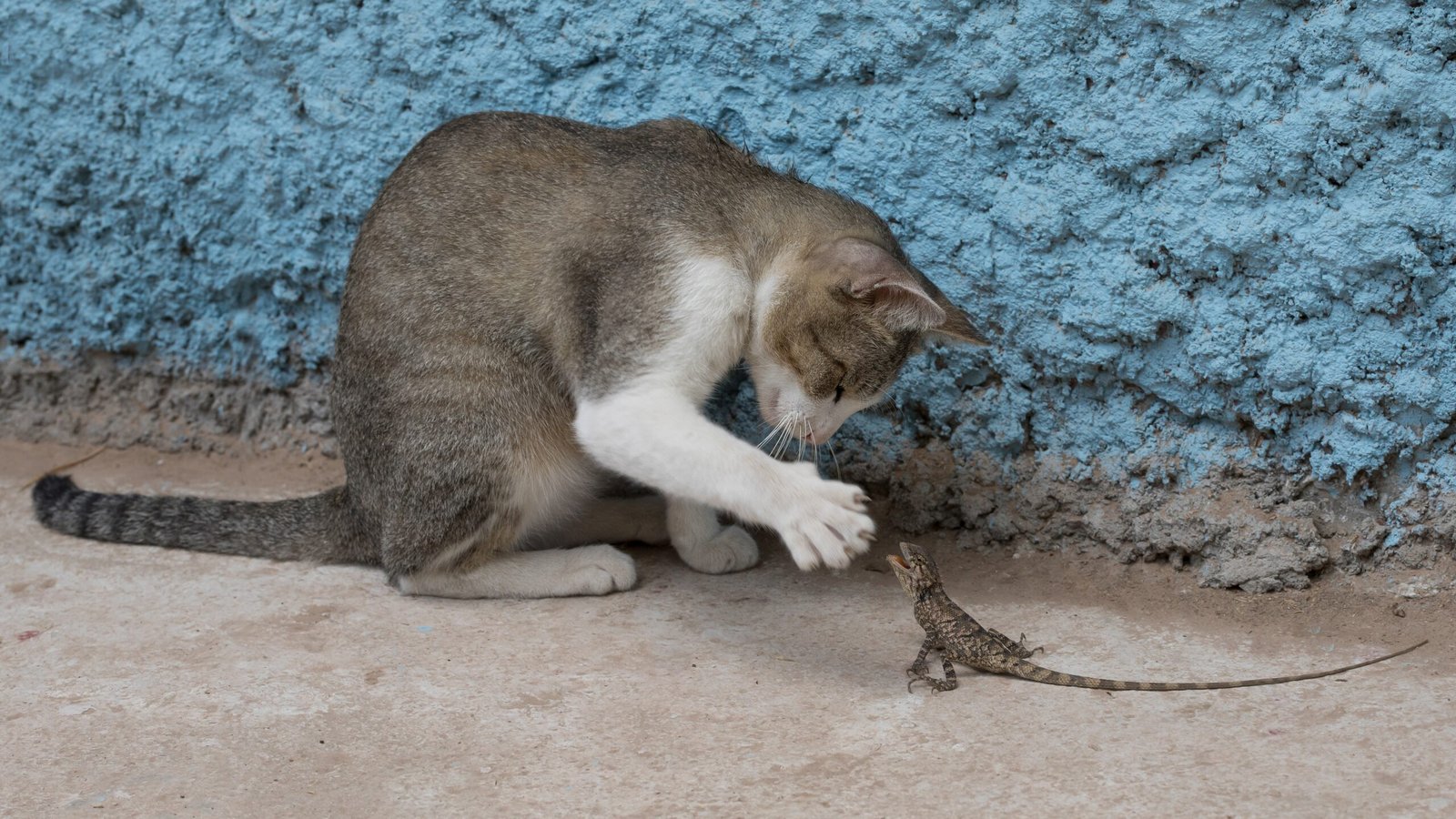
The way a human interacts with a cat can also influence whether the cat becomes a lap cat. Cats are sensitive to human emotions and body language. If a human is gentle, calm, and patient, a cat is more likely to feel comfortable and secure in their presence. On the other hand, if a human is overly aggressive or unpredictable, a cat may be hesitant to engage in close contact. A harmonious relationship is a two-way street, and understanding the impact of your actions on your feline friend is an important step in nurturing a lap cat.
Body Language: Understanding Feline Signals
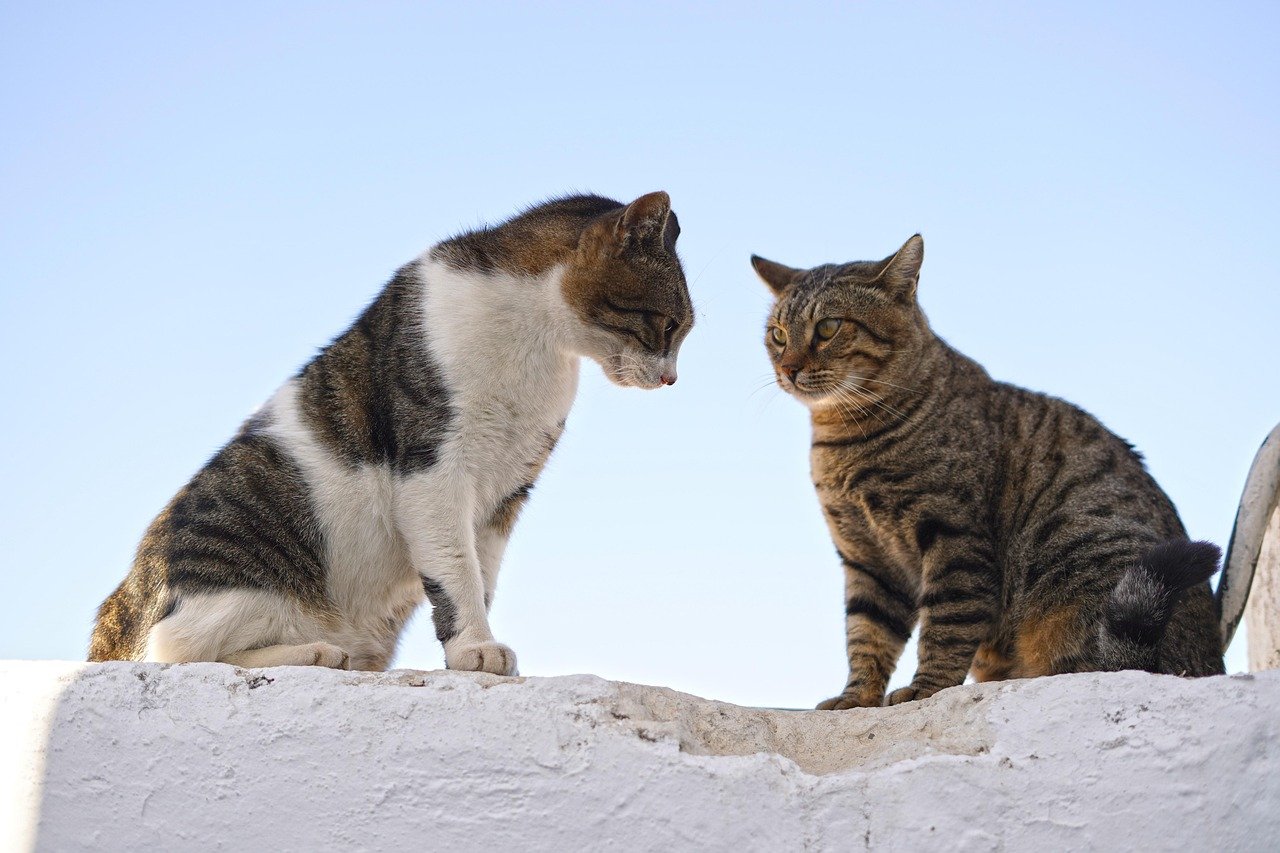
Cats communicate a lot through their body language, and understanding these signals can help you determine if your cat is a potential lap cat. Signs like purring, kneading, and slow blinking are indicators of affection and trust. Recognizing these cues can help you understand when your cat is receptive to lap time. Paying attention to your cat’s body language not only strengthens your bond but also allows you to provide the affection they seek when they are ready, reinforcing their trust in you.
Natural Instincts: The Wild Within
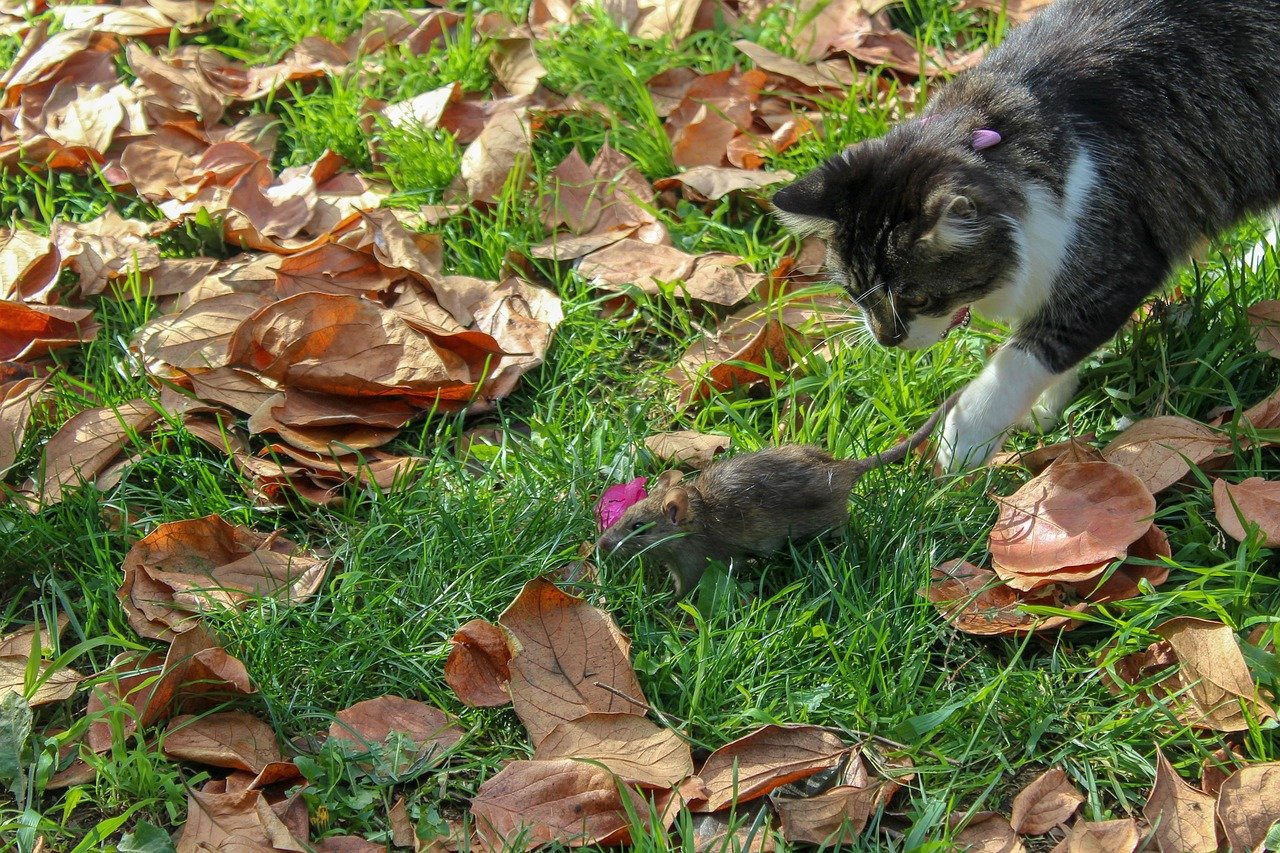
Despite domestication, cats still retain many of their wild instincts. Some cats are naturally more independent and prefer to maintain a certain level of distance, reflecting their solitary ancestors. Understanding that these instincts are a part of your cat’s nature can help manage expectations regarding their lap cat potential. Acknowledging these instincts allows for a deeper appreciation of your cat’s behavior, embracing their wild side while enjoying their companionship.
Bonding Activities: Encouraging Affection
Engaging in bonding activities can encourage a cat to become more affectionate. Interactive play, grooming, and quiet time spent together can build a strong connection between you and your cat. These activities help create positive associations with your presence, making your lap an inviting place for them to seek comfort. Consistent positive interactions lay the groundwork for a lasting bond, and over time, your cat may come to see your lap as an extension of their safe space.
Seasonal Changes: Weather Influence
The changing seasons can also influence a cat’s behavior. During colder months, cats may be more inclined to seek the warmth of a human lap, while in warmer weather, they might prefer cooler, open spaces. Understanding these seasonal preferences can help you accommodate your cat’s needs and encourage them to seek lap time when they are most comfortable. Weather can be a subtle yet significant factor in a cat’s behavior, reflecting their adaptability to changing conditions.
Feeding Habits: Influencing Behavior
A cat’s feeding habits can also impact their behavior and willingness to be a lap cat. Cats that are well-fed and satisfied are more likely to be relaxed and open to affection. Establishing a regular feeding routine can contribute to a cat’s overall sense of security and well-being, promoting a more affectionate demeanor. Just as humans feel content after a good meal, a satisfied cat is more likely to seek out companionship, including lap time.
Consistency and Routine: The Comfort of Predictability
Cats thrive on routine and predictability. Providing a consistent environment and routine can help a cat feel secure and more inclined to become a lap cat. Regular feeding times, play sessions, and quiet time together can create a sense of stability that encourages a cat to seek out affection. Consistency builds trust, and when a cat knows what to expect from their human companion, they are more likely to reciprocate with affection, including seeking the comfort of a lap.
The Role of Scent: Familiarity and Comfort
Cats have a highly developed sense of smell, and they use scent to navigate their world. The familiar scent of their human can provide comfort and security, making a lap an attractive resting place. Cats may rub their heads against you to mark you with their scent, reinforcing their bond with you. Understanding the role of scent in a cat’s life can help you appreciate why your lap might be appealing to them, as it carries the comforting scent of familiarity.
Communication and Understanding: The Language of Love
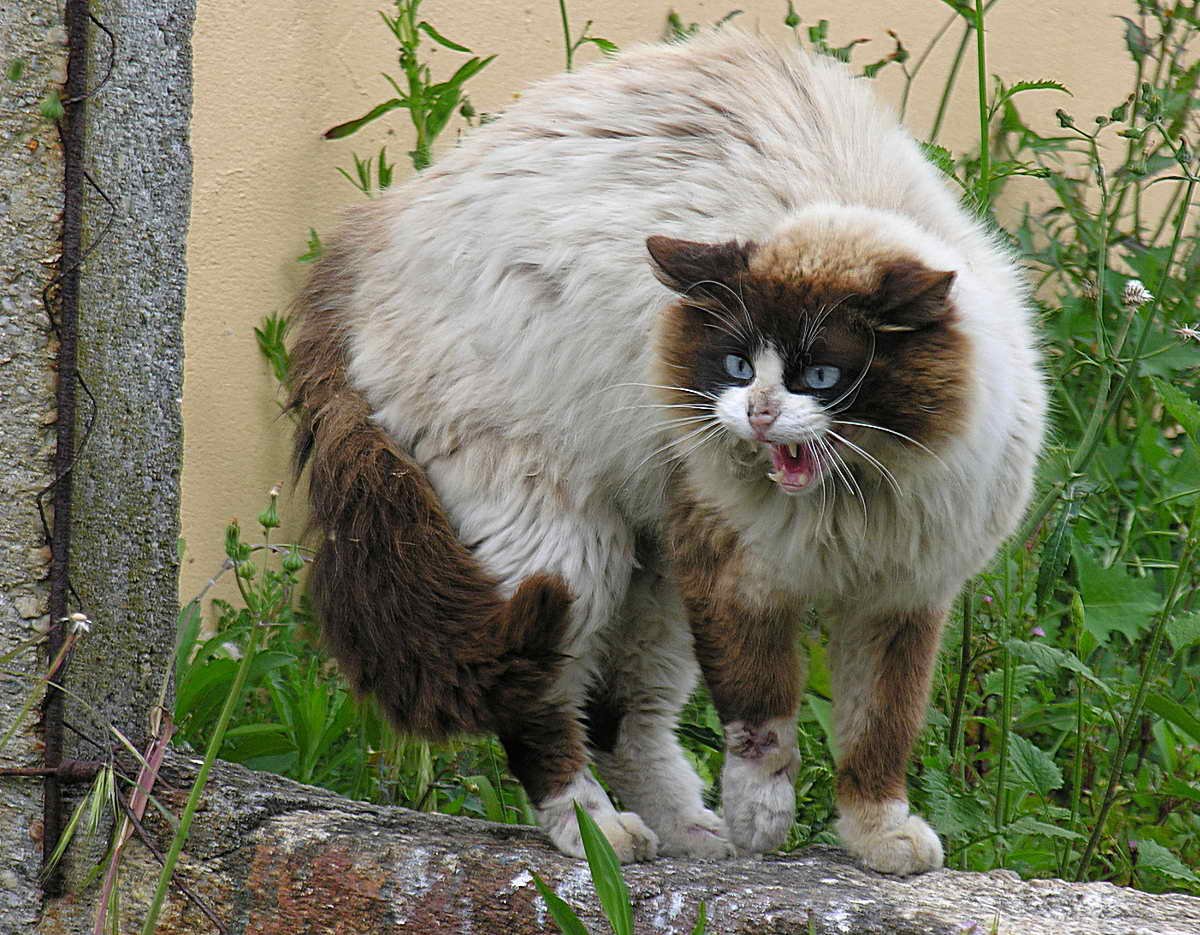
Effective communication between a cat and its owner is key to understanding each other’s needs and preferences. Observing your cat’s behavior and responding appropriately can strengthen your bond and encourage lap time. Cats communicate in subtle ways, and learning to interpret their signals can help you provide the affection they desire. This mutual understanding fosters a loving relationship, where both human and cat feel valued and cherished.
Patience and Acceptance: The Path to Affection
Patience and acceptance are essential when it comes to nurturing a lap cat. Not all cats will become lap cats, and that’s okay. Accepting your cat for who they are and respecting their boundaries is crucial for a healthy relationship. With time, patience, and love, even the most reserved cats can learn to trust and seek out affection in their own unique way. Embracing your cat’s individuality and providing a supportive environment can pave the way for a deeper, more fulfilling bond.
In understanding the myriad factors that influence whether a cat becomes a lap cat, we gain a deeper appreciation for these complex and captivating creatures. While some cats naturally gravitate towards lap time, others require more patience and understanding. By respecting their individuality and nurturing their needs, we can build strong, loving relationships with our feline companions, celebrating their unique personalities and the joy they bring into our lives.
Hi, I’m Bola, a passionate writer and creative strategist with a knack for crafting compelling content that educates, inspires, and connects. Over the years, I’ve honed my skills across various writing fields, including content creation, copywriting, online course development, and video scriptwriting.
When I’m not at my desk, you’ll find me exploring new ideas, reading books, or brainstorming creative ways to solve challenges. I believe that words have the power to transform, and I’m here to help you leverage that power for success.
Thanks for stopping by, Keep coming to this website to checkout new articles form me. You’d always love it!






